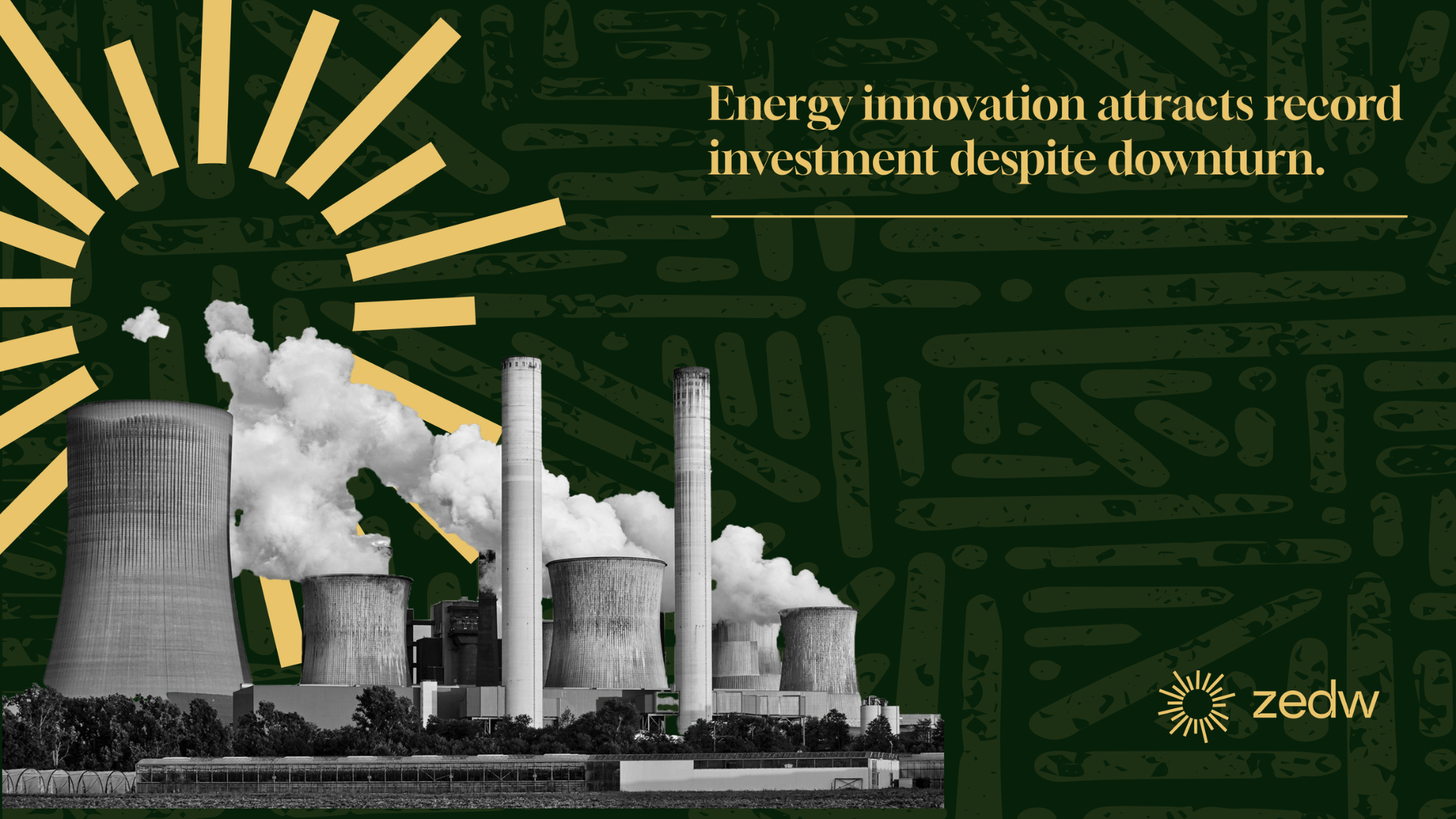Loadshedding in South Africa has been intense with the situation deteriorating over time. In the last 5 years alone, load shedding has gone from 127 hours in 2018 to 1,949 hours in 2022. In the context of the energy supply, there is a 4 to 6 Gigawatt (GW) energy supply gap contributing to the load shedding.

The current electricity situation
The energy mix for South Africa is predominantly thermal with coal-fired power generation contributing an installed capacity of 39.3GW or 73% of the total power production in the country. But these coal-fired power stations have degraded and are close to their shelf life. They can no longer operate at full capacity reducing the annual energy availability of coal-fired generators to 53%.

Tariffs have also taken a very steep rise from 2007 to date with the rise in electricity tariffs leapfrogging the rate of inflation in South Africa. Inflation grew by 134% between 2007 and 2021 whilst Eskom tariffs grew by 753% in the same period. What this means is the increase in electricity tariffs in dollar terms has been much higher than the rate of inflation.
You should also read: financial inclusion & digital use mismatch in Eswatini market creates an innovation gap
Factors in favour of energy independence
The price of solar PV cells has been declining over the years. A combination of mature technology and competition has led to the price per kWh dropping from 131c to 86c over 5 years (2018 – 2022). Setting up a solar backup system is slowly becoming more affordable.

Due to the global push for green sources of energy, South Africa now offers incentives and rebates to individuals who set up rooftop solar systems of up to 25% of the panel cost and up to R15,000 (US$800).
Businesses that set up solar systems at their premises are also entitled to a decrease in their taxable income by up to 125% of the investment put into green sources of energy. These policies took effect on 1 March 2023
It’s an inevitable alternative energy boom
South Africa made commitments at the UN 2021 Climate Change Conference to reduce the reliance on non-renewable sources of energy. The South African treasury is set to increase carbon tax rates by at least R15 each year till they reach a maximum of R300. From 2026 they plan on escalating it even more rapidly to reach at least R450 by 2030.
These steep increases in carbon tax will have a knock-on effect on the price of Eskom power as it is predominantly using non-renewable forms of fuel. So the price of electricity will most likely remain high and over time increase proportionally to the increase in carbon tax making it expensive for commercial power consumers.
Eskom estimates that it can get its average annual energy availability up to 69% by 2030 but it will not be enough to meet the energy demands in South Africa. Meaning even if you can afford the expensive power, load shedding is still going to be a regular occurrence.
This then sees the opportunity of rooftop solar backup systems as a way of getting more affordable power that is reliable and in turn reaping the benefits of rebates from the government for the use of green sources of energy as well as the continuously falling cost of rooftop PV cells.







